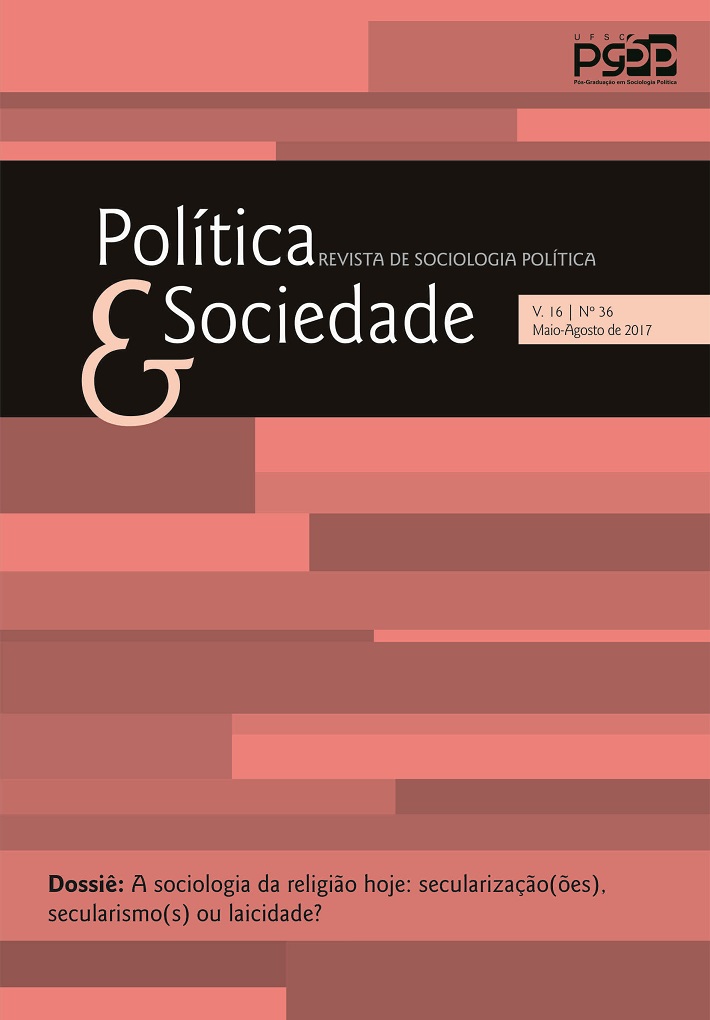Modernity: A new axial (era) culture?
DOI:
https://doi.org/10.5007/2175-7984.2017v16n36p20Abstract
The proposition of an axial age, lasting roughly from 800 to 200 B.C. and occurring in major civilizations (China, India, Near East) independent of each other, first introduced by Alfred Weber and Karl Jaspers, then further developed by Robert Bellah and S. N. Eisenstadt among others, implied from the outset the question whether there has been a second axial age, leading to modernity, and if so, whether this second axial age consists in a secularization of the achievements of the first axial age. In this article it is argued that the notion of a second axial age is meaningful, but that the emergence of modernity can›t be accounted for in terms of secularization of the achievements of the first axial age. Rather, a new axial principle was institutionalized which separates the modern from the premodern world. This new principle is spelled out with reference to Hans Blumenberg, Charles Taylor and especially Max Weber. The emphasis is on the dialectics of disenchantment and the place of religion in a secular ageDownloads
Published
2017-10-17
Issue
Section
Thematic Dossier
License
The articles and other work published in Política & Sociedade, a journal associated to the Graduate Program in Sociology at UFSC, are the property of the journal. A new publication of the same text, whether by the initiative of the author or third parties, must indicate that it was previously published in this journal, citing the edition and date of publication.
This work is licensed under the Creative Common License



